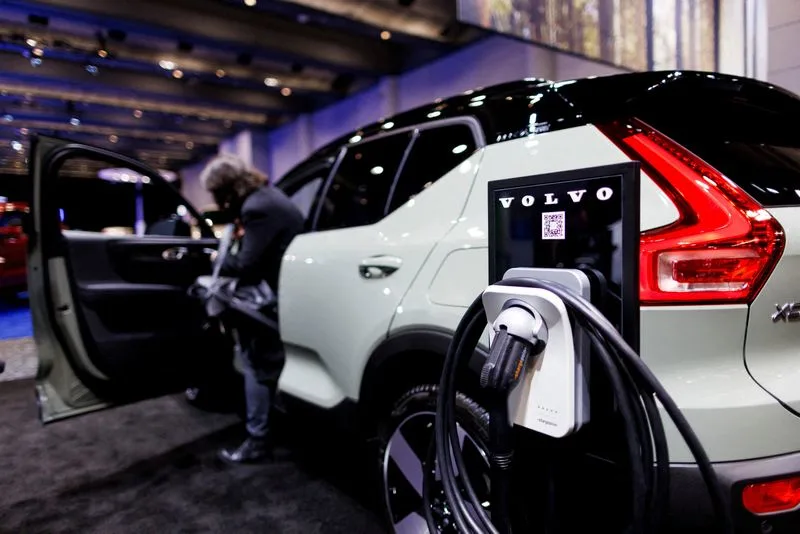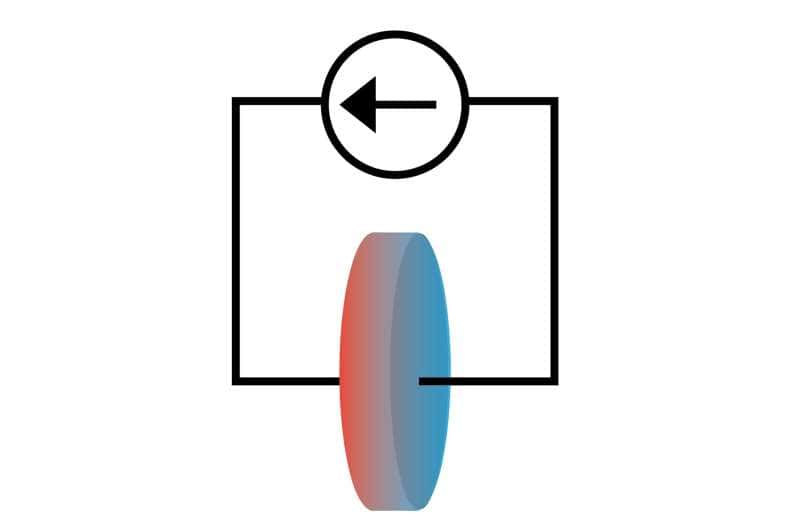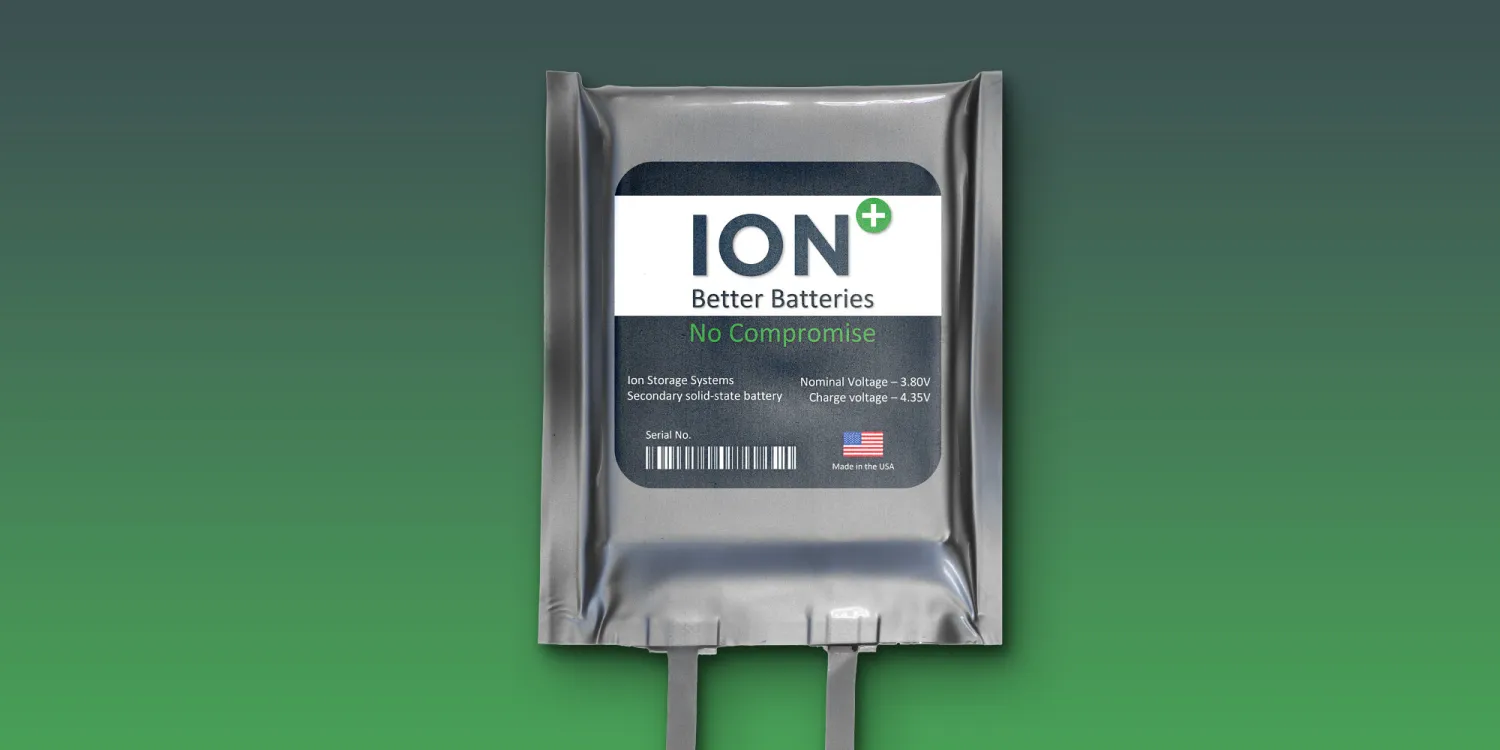
Volvo Cars has invested in UK startup Breathe Battery Technologies and will use its battery software to cut charging time for its next generation of electric vehicles by 30%, the two companies said on Tuesday.
The automaker did not disclose the size of the investment made by the Volvo Cars Tech Fund, the Swedish firm’s corporate venture capital arm.
Breathe’s technology should be available on new Volvo EVs within the next two to three years.
“This really comes down to reducing a pain point for customers,” Volvo Cars Tech Fund CEO Ann-Sofie Ekberg told Reuters.
The investment in Breathe ensures “we get priorities and insights and also good collaboration… so we can be a first mover,” Ekberg said.
A major challenge for automakers is that although rapid chargers can provide power to EVs faster, the software in those cars will often limit power intake to protect the battery from overheating or getting damaged.
Breathe CEO Ian Campbell said the firm’s algorithm-based charging software provides greater visibility on the health of individual cells within the battery pack, allowing the EV to charge at full power while maintaining safety and without altering battery chemistry.
“This is the tip of the iceberg for unlocking what will be an awfully big change coming in batteries as they become more software defined,” Campbell said.
Faster charging times are seen as key to persuading more customers to switch to electric vehicles.
Breathe’s other software product, which is already available on 27 models of Oppo smartphones, helps make batteries more durable and perform at peak levels for much longer.
Campbell said Breathe is working on making this product available for EV batteries as extending battery life and performance are key priorities for automakers.
The startup is working with a number of “top-tier blue-chip brands like Volvo,” Campbell said, but declined to provide names.






